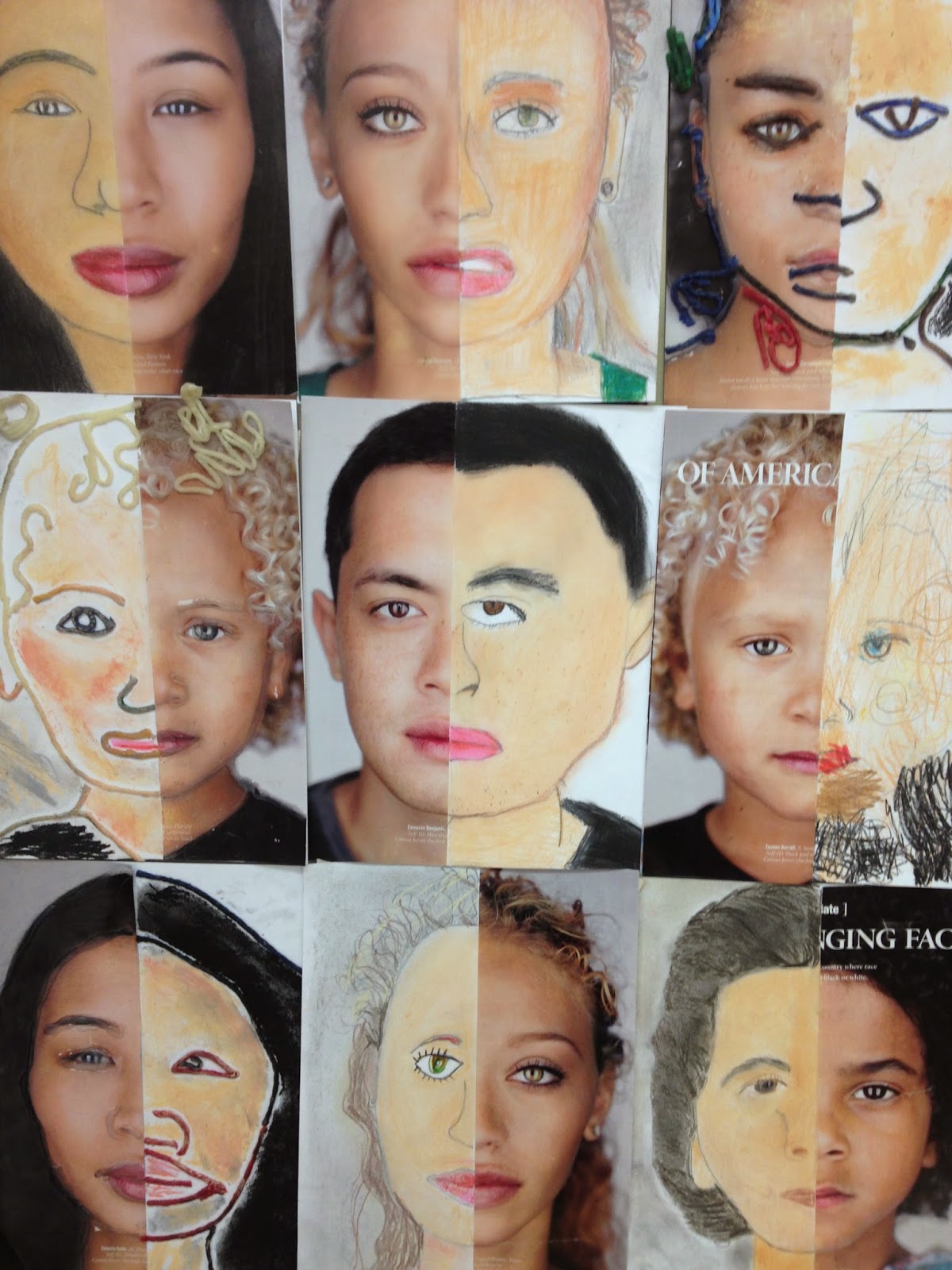I started writing in a journal when I was eight but didn't write consistently until my Jr. High English teachers, Mr. Rit and Ms. Ursprung, required it of me. I still have those spiral notebooks, with John Halgrin's drawing of the Roadrunner on the front of one. When I was in high school I took a keyboarding class and practiced my typing each day as I'd write a single spaced page about the happenings in my life. These volumes are a treasure to me as a record from the past.
Journaling is deeply personal, and the way one writes is personal. Here are a few format ideas you can use to make journal writing experience more meaningful to you.
Hardbound diaries:
“Dear Diary, I think I'm in love!” The for-my-eyes-only approach to journal writing is old school and its benefit is that you can write anything you want without having to worry about being judged. There's also something to be said about slowing down to a thoughtful handwriting pace.
Letters and Emails: These stories and details about life have a slightly broader audience than oneself. I treasure the binders of hand written letters and copies of emails I wrote to my parents, as well as the typed excerpts from the letters my mom wrote daily to her parents. These capture the flavor of my early childhood.
Blogs: The audience is even greater with a blog, which hopefully inspires photos and better organization. Some people write weekly or monthly about recent family vacations or craft projects. You can upload your blog pictures and paste the blog text into Snap Fish, choose your formatting preferences and viola! A hardbound keepsake.
Facebook posts: Speaking of copying and pasting...I have quite a few pages accumulated from copying and pasting my daily Facebook posts into a Word doc. I love looking back at these peeks into my days. Then I take the funny kid quotes from each of my children and organize them into a page or two of their own each year, which I print out and put into their photo albums. If your posts and photos on Facebook are all part of your history, you may prefer to have a company like Blurb or My SocialBook create the journal for you, as they automatically download and format everything from the parameters you select.
Calendars: Some people journal by writing a few bullet points about each day, but I already have events listed on my calendar. I love skimming old calendars and remembering places, friends, and events. It is an amazing way to track priorities and how time (or as I like to call it, life) has been spent.
Time Line: My husband's old professor, Ray George, made him a sketchbook which was very, very horizontal. When we got married, we decided to use it to track our life together with a timeline. Each page spread usually covers a year, and each month is listed with major events: our first kiss, the marriage proposal, new jobs, births, deaths, trips, and art shows. We usually include the best 6 or so photographs from the year. If brevity is the soul of wit, this time line is extremely witty. We fit 15 years into this volume and are now working on a second.
Video Diary: Some people like to sit in front of a video camera or phone and record how things are going in their lives or with a project. This is a great idea because you get all the non-verbal cues, the fatigue or enthusiasm that goes along. I like to use my two to three minute video summary of each year to document the fun stuff. It's like the timeline but with music, more movement and fewer words.
 Sketchbooks:
Sketchbooks: I remember all sorts of things when I look back on my sketchbooks, such as where I was and what I was doing. This is a travel sketchbook (the Quebec pages) from my young adult years.
Idea books: Writers keep books with bits of conversations they hear on the subway, descriptions of how the air felt and the sun looked on a certain day. They keep ideas of titles, plots and characters. Ideas come from everywhere, and when these ideas are recorded, the source of inspiration can also be recorded.
Book of Lists:
What are your top 10 favorite places on the planet? What brand names have won your loyalty? What are things that you have been afraid to try? What people have helped shaped your life? I think lists are fun to make and they can capture your essence in ways that others can't. I made my husband a list of 365 reasons I love him. There were dates for every day that year with something he did that I noticed or something I admire about him. Secretly adding to the list each day increased my love for him. List books can be a collaborative effort. My siblings and I made a similar gift of top 10 lists for my parents of lessons taught, meals made and favorite quotes from them.
Dream Book:
When my oldest child was in pre-school he said, "Martin Luther King had a dream...that he was being chased by killer robots." You can use whatever definition of
dream that you'd like. Get a book and write your big life vision type of dreams: who you want to become and what you want to achieve. Or write the weird being chased by killer robot dream that you had the night before. Your choice.

 Stamping Animal Shapes
Stamping Animal Shapes

























